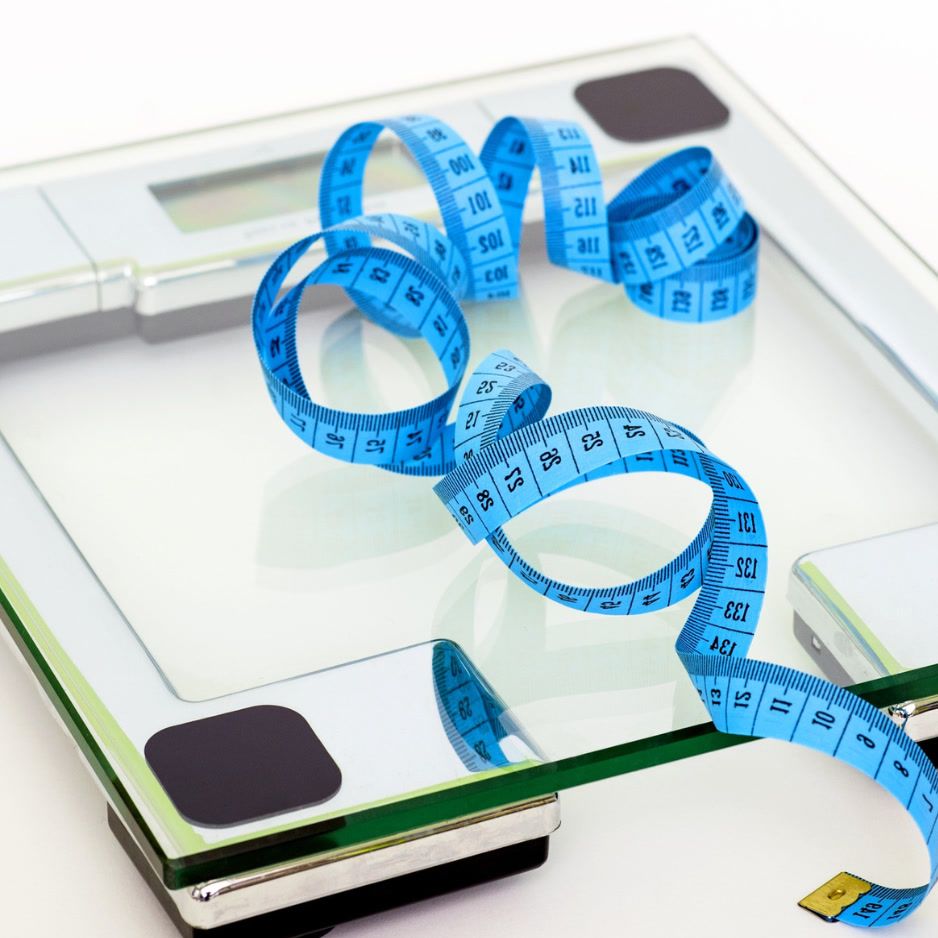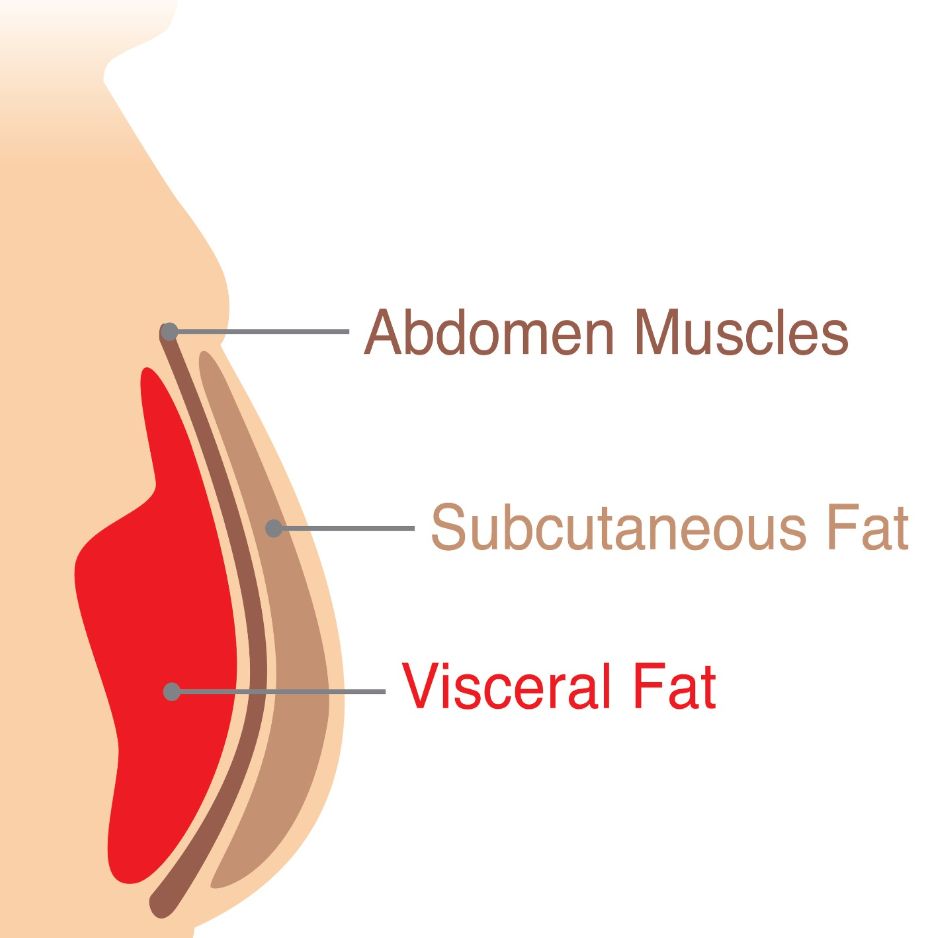Steady State Cardio: Benefits and Training Guide
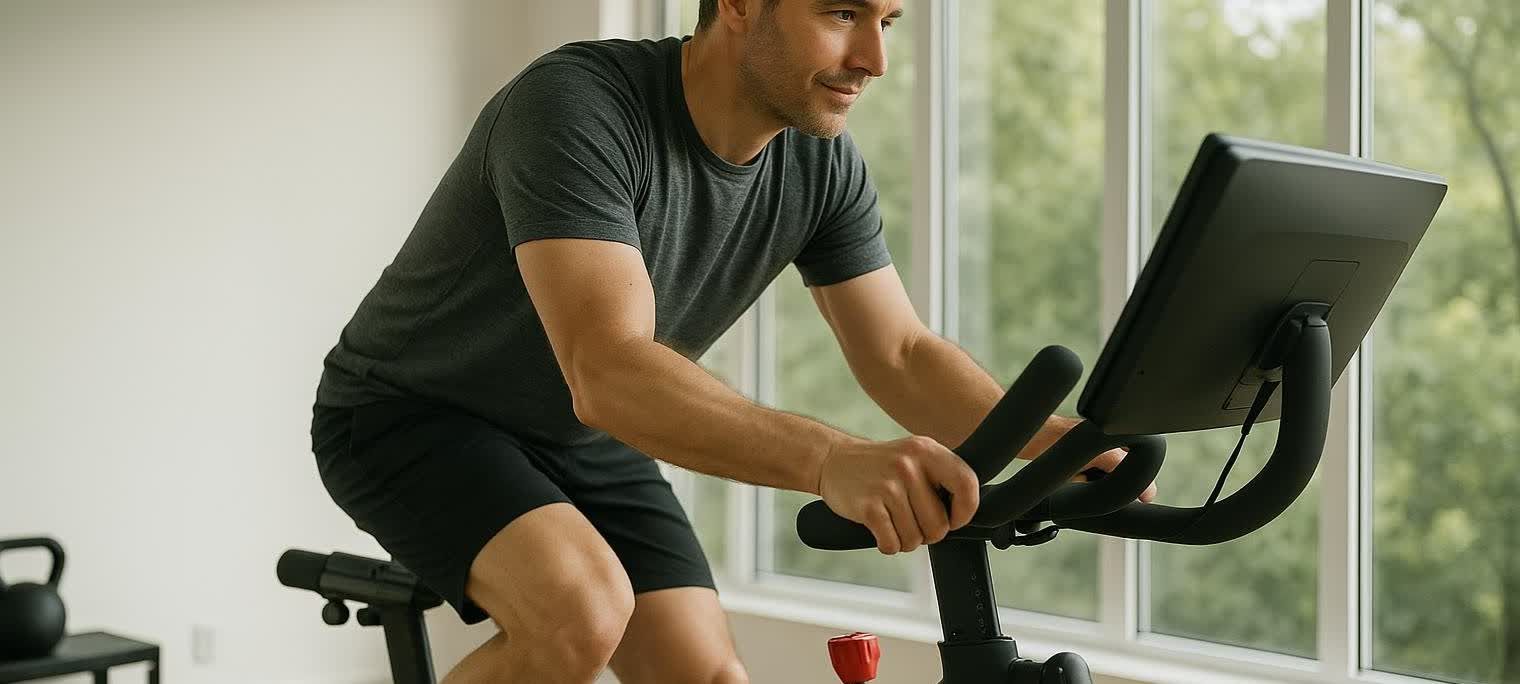
Steady State Cardio: Benefits, Workouts & Training Guide
Steady state cardio is a science-backed way to lose fat and boost endurance. While intense workouts get a lot of attention, moderate-paced exercise is a vital part of any effective fitness plan.
Whether you're a complete beginner intimidated by high-intensity workouts or an experienced athlete looking to optimize your cardiovascular base, this guide will show you exactly how to harness the power of moderate-intensity exercise for long-term health and performance gains.
What is Steady State Cardio?
Steady state cardio, also known as Low-Intensity Steady State (LISS) or Zone 2 training, is cardiovascular exercise performed at a consistent, moderate intensity for an extended period. Hydrow describes this as the "Goldilocks zone" of cardio—not too easy, not brutally hard, but just right for building endurance and burning fat efficiently.
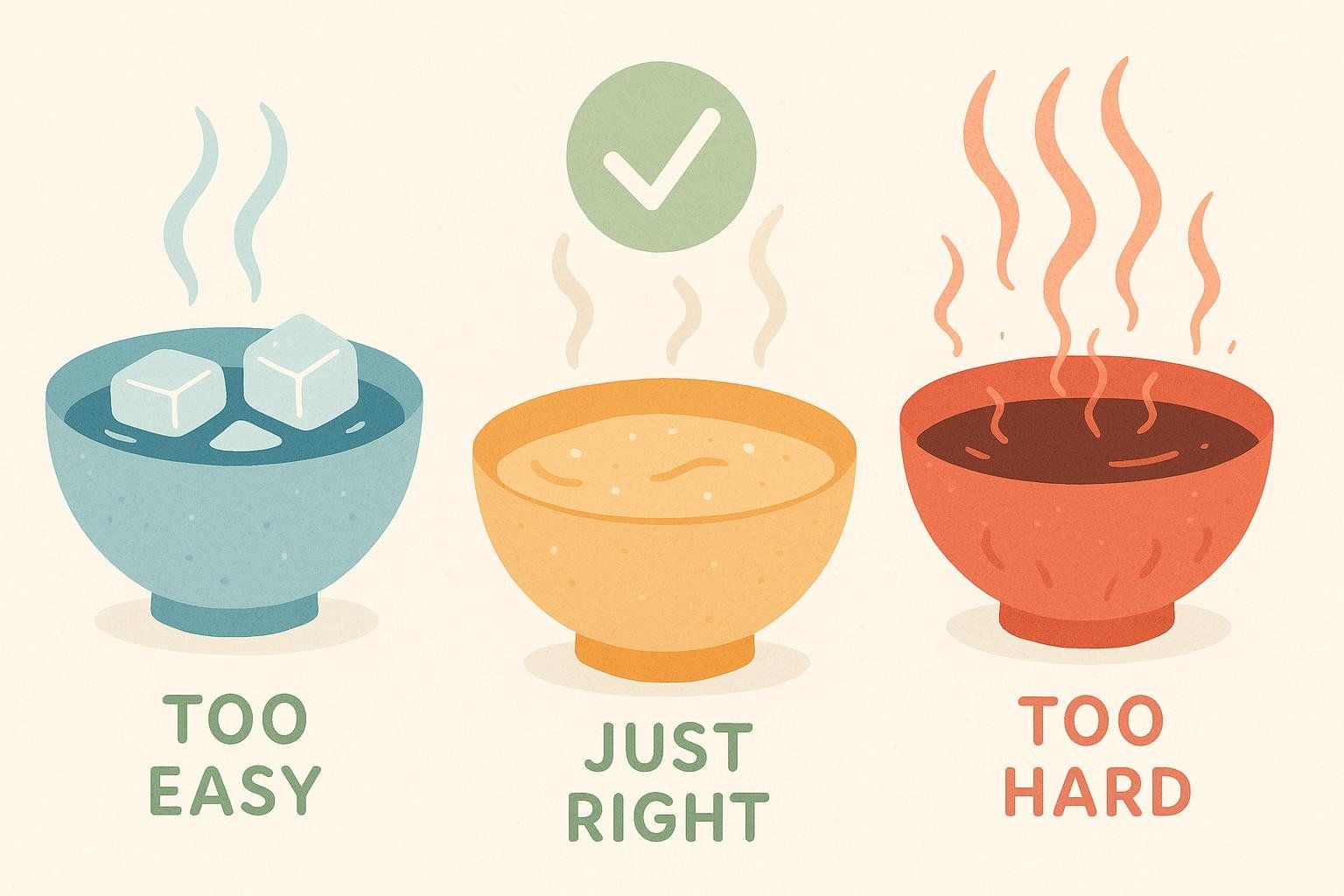
During steady state cardio, you maintain approximately 60-70% of your maximum heart rate, which corresponds to an effort level where you can comfortably hold a conversation. This intensity typically falls within what exercise physiologists call "Zone 2," where your body primarily uses fat as fuel and operates within your aerobic capacity.
The Science Behind Zone 2 Training
Steady state cardio targets Zone 2 heart rate training, which is crucial for developing your aerobic base. At this intensity, your body undergoes specific adaptations:
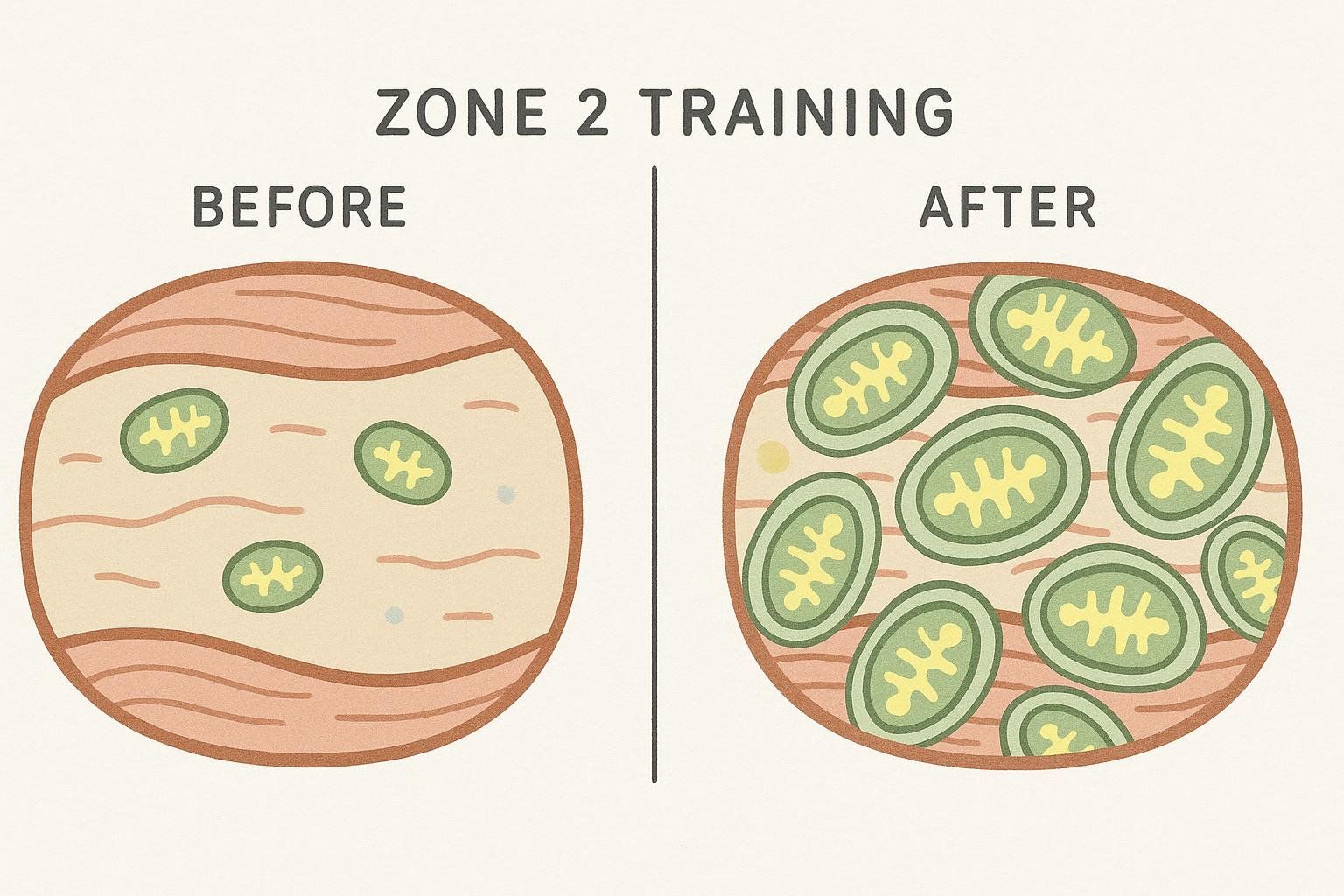
- Mitochondrial improvements: Increased size and density of mitochondria (your cellular powerhouses)
- Enhanced fat oxidation: Your body becomes more efficient at using fat for fuel
- Improved capillarization: Better blood flow to working muscles
- Aerobic enzyme development: More efficient oxygen utilization
Unlike high-intensity exercise that relies heavily on glucose, Zone 2 training teaches your body to efficiently burn fat as its primary fuel source—a key advantage for both endurance athletes and people seeking sustainable fat loss.
Steady State vs. HIIT: The Science-Backed Comparison
The fitness world loves to pit steady state cardio against High-Intensity Interval Training (HIIT), but here's what the research actually shows about their effectiveness for different goals.
Fat Loss: The Context-Dependent Truth
The effectiveness of steady state cardio versus HIIT for fat loss depends significantly on factors like age, fitness level, and individual circumstances. Here's what the research reveals:
A comprehensive 2023 meta-analysis published in PMC examining inactive adults with overweight or obesity comparing interval training and moderate-intensity continuous training found surprising results:
Key findings from the 2023 meta-analysis:
- Both exercise types produced similar, modest changes in fat mass and fat-free mass
- Neither approach proved superior to the other in this population
- Both methods can be chosen based on personal preference and lifestyle factors
However, a more recent 2024 study in Nature focusing specifically on college students with obesity revealed different results:
Key findings from the 2024 study:
- HIIT showed superior effects in reducing body fat percentage
- Female participants experienced 21.48% greater fat loss with HIIT
- Male participants achieved 14.81% greater fat loss compared to moderate-intensity exercise
These different outcomes suggest that the best choice for fat loss can depend on a person's age and fitness level, and that research in this area is still evolving.
The Real Difference: Sustainability and Recovery
While HIIT might have a slight edge in fat loss efficiency for some populations, steady state cardio offers crucial advantages:
- Lower injury risk: It's gentler on the body's joints and systems
- Faster recovery: Can be performed more frequently without overtraining
- Better adherence: Less intimidating and more sustainable for beginners
- Stress management: Promotes relaxation and mental clarity
The 80/20 Rule: Why Elite Athletes Prioritize Easy Work

Elite endurance athletes typically follow an 80/20 split, spending 80% of their training time at low intensity (Zones 1-2) and only 20% at high intensity. This isn't because they're afraid of hard work—it's because this approach maximizes adaptations while minimizing injury and burnout risk.
Research consistently shows that a well-developed aerobic base is the foundation for all endurance performances. Even events lasting longer than two minutes rely significantly on aerobic metabolism.
What Cardio is Best for Steady State?
The beauty of steady state cardio lies in its versatility. The best exercises are those that allow you to maintain your target heart rate consistently while staying within that conversational pace. Here are the most effective options:
Top Steady State Cardio Exercises

-
Walking (Brisk Pace or Incline): Most accessible and sustainable option for all fitness levels. Easy to adjust pace and incline to stay in Zone 2. Equipment needed: just comfortable shoes.
-
Cycling (Indoor or Outdoor): Easily adjustable resistance with minimal joint impact. Smooth resistance changes allow precise intensity management. Equipment needed: stationary bike or road/mountain bike.
-
Swimming: Zero joint stress while engaging all major muscle groups. Natural resistance of water provides consistent workload. Equipment needed: pool access and basic swimming ability.
-
Elliptical Machine: Upper and lower body engagement with customizable settings. Adjustable resistance and incline for precise Zone 2 targeting. Equipment needed: gym membership or home machine.
-
Rowing: Full-body engagement combining cardiovascular and strength elements. Stroke rate and power can be easily modified. Equipment needed: rowing machine or access to water rowing.
The key is choosing activities that you can perform comfortably for 30-90 minutes while maintaining your target heart rate zone. Zone 2 cardio expert recommendations emphasize that the best steady state exercise is one you can sustain consistently week after week.
The Complete Guide to Heart Rate Zones
Understanding heart rate zones is crucial for effective steady state training. Here's your comprehensive breakdown:
Heart Rate Zone Overview
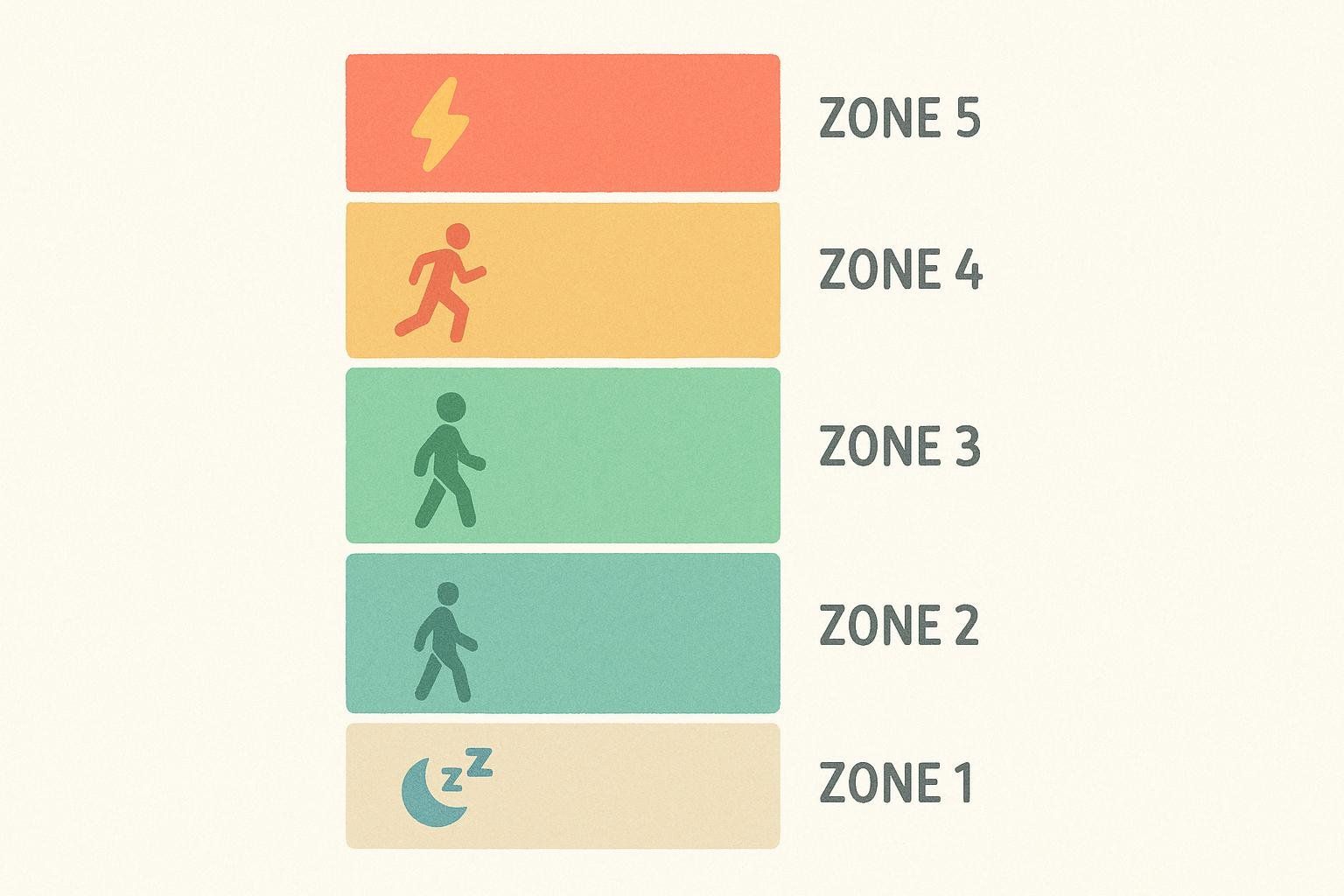
- Zone 1 (50-60% max HR): Recovery and active rest
- Zone 2 (60-70% max HR): Aerobic base building, fat burning
- Zone 3 (70-80% max HR): Aerobic threshold, "comfortably hard"
- Zone 4 (80-90% max HR): Lactate threshold, interval training
- Zone 5 (90-100% max HR): Neuromuscular power, maximal efforts
Finding Your Personal Zone 2 Range
The most accurate way to determine your Zone 2 heart rate is through laboratory testing, but here are practical methods you can use:
Method 1: The 180 Formula (Maffetone Method)
Pioneered by Dr. Phil Maffetone, this simple formula provides a starting point:
- Base calculation: 180 minus your age
- If you're new to exercise or recovering from illness: Subtract an additional 10 beats from your result
- If you've trained consistently for over two years without injury: You can add up to 5 beats to your result
Method 2: Talk Test
The most practical field test for Zone 2 is the conversational pace. You should be able to speak in complete sentences without gasping for air. If you can only manage short phrases, you've moved into Zone 3 or higher.
Method 3: Perceived Exertion
On a scale of 1-10, Zone 2 should feel like a 6—definitely working, but sustainable for extended periods.
What is the 30/30/30 Rule for Steady State Cardio?
The 30/30/30 rule is a viral wellness trend that combines nutrition and exercise for weight loss and metabolic health. According to UCLA Health, this method involves:
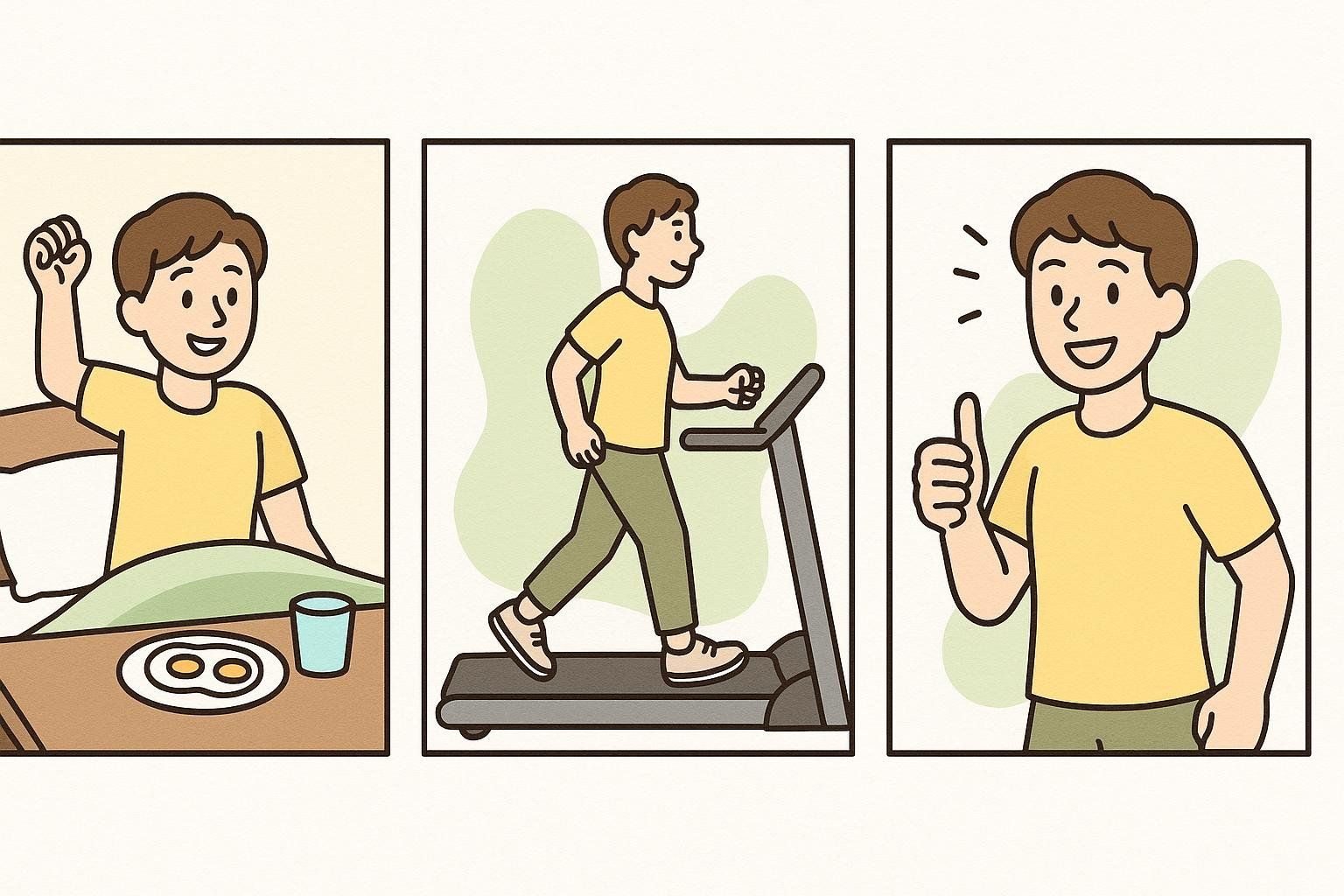
- Consume 30 grams of protein within 30 minutes of waking up
- Complete 30 minutes of low-intensity, steady-state cardio after consuming the protein
The Science Behind the 30/30/30 Rule
While the 30/30/30 rule hasn't been studied as a complete protocol, research supports its individual components:
Protein Benefits:
- Early protein intake helps with satiety and muscle preservation
- High-protein breakfasts can reduce cravings throughout the day
- Supports muscle protein synthesis when combined with exercise
Steady State Cardio Benefits:
- Morning exercise may enhance fat oxidation in some individuals
- 30 minutes of LISS training promotes fat utilization
- Consistent, sustainable exercise habits support long-term weight management
How to Implement the 30/30/30 Rule
Step 1: Morning Protein (30g examples):
- 1¼ cups cottage cheese
- 1 cup plain, non-fat Greek yogurt
- 4-5 whole eggs
- Protein shake with 1 scoop whey protein
Step 2: Steady State Cardio (30 minutes):
- Brisk walking at conversational pace
- Easy cycling maintaining Zone 2 heart rate
- Swimming at moderate, sustainable intensity
- Elliptical training with adjustable resistance
Does it Work?
The main benefits are creating structure around proven healthy habits rather than any magical combination of the "30s."
Can You Lose Weight with Steady State Cardio?
Absolutely, yes! Steady state cardio can be highly effective for weight loss when properly implemented. Here's what the research shows:

The Fat Loss Science
Zone 2 cardio is particularly effective for sustainable weight loss according to bariatric medicine experts because it:
- Maximizes fat utilization: At Zone 2 intensity, your body primarily uses fat as fuel
- Improves metabolic flexibility: Enhanced ability to switch between fat and glucose for fuel
- Supports insulin sensitivity: Better blood sugar regulation aids in weight management
- Preserves muscle mass: Unlike excessive high-intensity work, moderate cardio maintains lean tissue
Real-World Weight Loss Results
Research demonstrates that Zone 2 training produces measurable fat loss through several mechanisms:
Mitochondrial Adaptations:
- Increased mitochondrial density improves fat oxidation efficiency
- Enhanced oxygen utilization supports sustained energy expenditure
- Better cellular energy production supports overall metabolic health
Calorie Burn Considerations:
While Zone 2 burns a higher percentage of calories from fat, the total calorie burn is moderate compared to high-intensity exercise. However, the sustainability factor often leads to better long-term adherence and results.
Optimizing Steady State for Weight Loss
Duration Recommendations:
- Beginners: Start with 20-30 minutes, 3-4 times per week
- Intermediate: Progress to 45-60 minutes, 4-5 times per week
- Advanced: Longevity expert Dr. Peter Attia recommends 180 minutes per week for optimal metabolic health
Frequency Guidelines:
- Can be performed 5-6 days per week due to low recovery demands
- Combine with 2-3 strength training sessions for optimal body composition
- Include 1-2 complete rest days for full recovery
The Bottom Line on Weight Loss
Steady state cardio supports weight loss through consistent calorie expenditure, improved fat utilization, and sustainable exercise habits. While it may not burn calories as quickly as HIIT, the ability to perform it more frequently and with less stress on the body often leads to superior long-term results.
Is 30 Minutes of Steady State Cardio Good?
Yes, 30 minutes of steady state cardio is absolutely beneficial and represents an excellent foundation for cardiovascular health and fat loss. Here's why this duration is particularly effective:
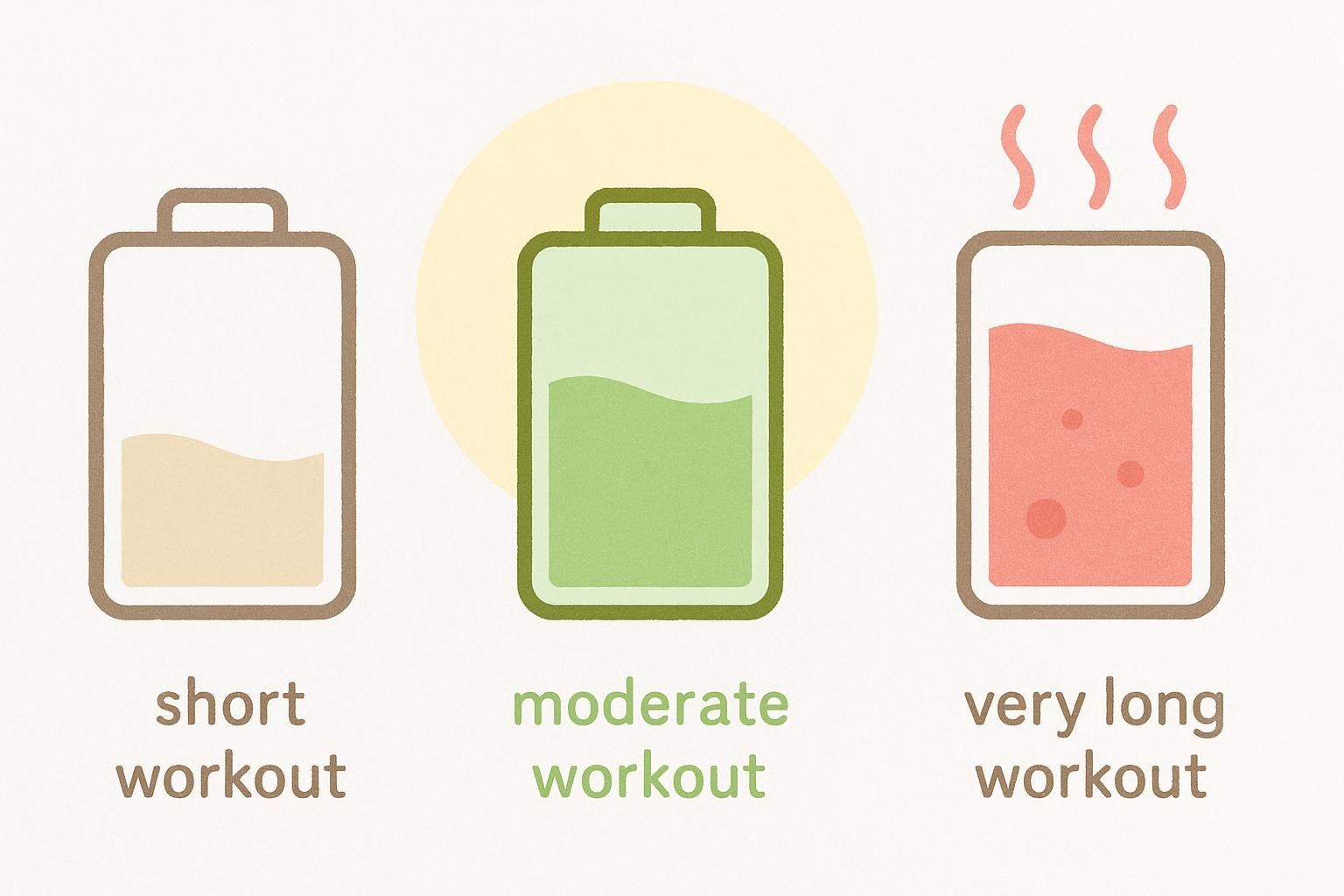
The 30-Minute Sweet Spot
Research indicates that 30 minutes hits the optimal balance between:
- Meaningful adaptations: Sufficient duration to stimulate cardiovascular improvements
- Sustainability: Long enough for results, short enough to maintain consistency
- Fat utilization: Adequate time for the body to shift into fat-burning mode
- Recovery: Manageable stress load that allows for frequent training
What 30 Minutes Accomplishes
Physiological Benefits:
- Significant improvement in cardiovascular endurance
- Enhanced fat oxidation and metabolic flexibility
- Improved insulin sensitivity and blood sugar regulation
- Stress reduction and mood enhancement
Calorie Expenditure:
Depending on body weight and exercise intensity, 30 minutes of Zone 2 cardio typically burns approximately 150-350 calories:
- 150-250 calories for lighter individuals (120-150 lbs)
- 200-300 calories for moderate weight individuals (150-180 lbs)
- 250-350 calories for heavier individuals (180+ lbs)
These are general estimates and actual values may vary significantly based on personal metabolism and body composition.
Making 30 Minutes Work for Different Goals
For Fat Loss:
- Perform 4-5 times per week at Zone 2 intensity
- Combine with 2-3 strength training sessions
- Focus on consistency over perfection
For Cardiovascular Health:
- 3-4 sessions per week provides significant health benefits
- Meets the CDC recommendation of 150 minutes moderate-intensity cardio per week
- Can serve as active recovery between harder training days
For Athletic Performance:
- Use as aerobic base building during off-season
- Include as easy training days between high-intensity sessions
- Gradually progress duration as fitness improves
Progression from 30 Minutes
As your fitness improves, you can progress by:
- Increasing duration: Add 5-10 minutes every few weeks
- Adding frequency: Progress from 3 to 5 sessions per week
- Improving efficiency: Cover more distance at the same heart rate
- Enhancing variety: Rotate between different exercise modalities
The key is that 30 minutes provides a sustainable starting point that delivers real benefits while building the foundation for more advanced training as you progress.
Proven Benefits of Steady State Cardio
The research on steady state cardio benefits is extensive and compelling. Here's what consistent Zone 2 training can do for your health and performance:
Cardiovascular Improvements
Steady state training strengthens your heart by improving stroke volume (the amount of blood pumped with each heartbeat). This leads to:
- Lower resting heart rate
- Improved cardiac output
- Better oxygen transport capacity
- Enhanced overall heart efficiency
Metabolic Adaptations
Zone 2 training creates profound changes in your body's energy systems:
- Enhanced fat oxidation: Your body becomes more efficient at burning fat for fuel
- Improved insulin sensitivity: Better blood sugar regulation
- Increased mitochondrial density: More cellular powerhouses for energy production
- Better lactate clearance: Improved ability to buffer and remove metabolic byproducts
Mental Health Benefits
While the acute stress response from HIIT is key for adaptation, the lower intensity of steady state cardio offers distinct relaxing effects through:
- Endorphin release without excessive stress response
- Meditative qualities that improve mental clarity
- Social opportunities when exercising at a conversational pace
- Improved sleep quality and stress management
Performance Benefits for Athletes
For serious athletes, steady state cardio provides the foundation for:
- Improved endurance capacity
- Better recovery between high-intensity sessions
- Enhanced ability to train at higher volumes
- Reduced injury risk compared to high-intensity-only approaches
Sample Steady State Cardio Workouts
Here are proven workout templates for different experience levels and time constraints:
Beginner-Friendly Workouts (20-30 minutes)
Week 1-2: Foundation Builder
- 5-minute gentle warm-up walk
- 15 minutes at Zone 2 intensity (brisk walk or easy cycle)
- 5-minute cool-down with stretching
- Frequency: 3-4 times per week
Week 3-4: Progression
- 5-minute warm-up
- 20 minutes at Zone 2 (mix walking and light jogging as comfortable)
- 5-minute cool-down
- Frequency: 4-5 times per week
Intermediate Protocols (30-45 minutes)
Aerobic Base Session
- 10-minute progressive warm-up
- 25-35 minutes in Zone 2 (running, cycling, or swimming)
- 5-minute cool-down with mobility work
- Focus: Maintain conversational pace throughout main set
Mixed Modality Day
- 10 minutes easy cycling
- 15 minutes Zone 2 rowing
- 10 minutes brisk walking
- 5 minutes stretching
- Benefits: Prevents adaptation plateau and reduces overuse injury risk
Advanced Protocols (45-90 minutes)
Long Aerobic Session
- 15-minute progressive warm-up
- 60-75 minutes in Zone 2
- 10-minute cool-down
- Purpose: Maximum aerobic adaptations and fat utilization
Tempo Progression
- 15-minute warm-up
- 3 x 15 minutes in Zone 2 with 3-minute Zone 1 recovery between sets
- 10-minute cool-down
- Goal: Practice maintaining steady effort with brief recovery periods
Integrating Steady State with Your Training Program
The key to successful steady state cardio implementation is strategic integration with your existing training. Here's how to balance different training modalities:
The Optimal Weekly Split
Sample Split for General Fitness (5-8 sessions/week):
- 2-3 steady state cardio sessions
- 1-2 HIIT or high-intensity sessions
- 2-3 strength training sessions
- 1-2 complete rest days
Sample Split for Endurance Athletes (6-8 sessions/week):
- 4-5 Zone 2 steady state sessions
- 1-2 high-intensity interval sessions
- 2 strength/power sessions
- 1 complete rest day
Sample Split for Fat Loss Focus (6-9 sessions/week):
- 3-4 steady state sessions (30-60 minutes)
- 1-2 HIIT sessions (15-25 minutes)
- 2-3 strength training sessions
Tracking Progress and Measuring Success
Steady state cardio improvements are often subtle but significant. Here's how to properly monitor your development:
The MAF Test
Popularized by Dr. Phil Maffetone, this simple test tracks efficiency:
- Warm up for 15 minutes
- Run/cycle a set distance (e.g., 1 mile) at your Zone 2 heart rate
- Record your pace/time
- Repeat monthly to track improvements
Progressive improvement: Over time, you should complete the same distance faster at the same heart rate, indicating improved aerobic efficiency.
Body Composition Changes with DEXA Scanning
While scale weight might not change dramatically with steady state cardio, body composition improvements can be significant. Regular DEXA scans reveal:
- Visceral fat reduction (steady state cardio is particularly effective here)
- Muscle mass preservation during fat loss phases
- Bone density improvements from weight-bearing activities
Performance Metrics to Monitor
Heart Rate Variability (HRV): Improved recovery and autonomic nervous system balance
Resting Heart Rate: Should decrease as cardiovascular fitness improves
Subjective Measures: Better sleep, improved energy throughout the day, enhanced mood
Exercise Capacity: Longer durations at the same perceived effort
Common Mistakes and How to Avoid Them
Even with the best intentions, people often sabotage their steady state cardio results. Here are the most frequent errors and their solutions:
Mistake #1: Training in the "Gray Zone"
The Problem: A common tendency for recreational athletes is to train in the moderate-intensity zone (Zone 3-4).
This creates a "gray zone" where you:
- Accumulate significant fatigue without triggering optimal adaptations
- Require substantial recovery time
- Miss both the top-end fitness stimulus of Zone 4/5 intervals and the sustainable aerobic benefits of Zone 2
The Fix: Be disciplined about Zone 2 intensity. Use a heart rate monitor and stick religiously to your Zone 2 range, even if it feels "too easy" initially.
Mistake #2: Expecting Immediate Results
The Problem: Aerobic adaptations take 4-8 weeks to become apparent, leading to premature abandonment.
The Fix: Trust the process and focus on non-performance metrics initially (better sleep, improved mood, easier recovery).
Mistake #3: Ignoring Nutrition and Recovery
The Problem: Treating exercise as separate from overall health and lifestyle factors.
The Fix: Support your training with adequate protein intake, proper hydration, and 7-9 hours of quality sleep.
Mistake #4: Too Much, Too Soon
The Problem: Jumping from sedentary to 60-minute daily sessions leads to burnout or injury.
The Fix: Follow the 10% rule—increase duration or frequency by no more than 10% per week.
Mistake #5: Insufficient Recovery
The Problem: Treating every cardio session like a race leads to accumulated fatigue and plateau.
The Fix: Embrace truly easy days—they're not laziness; they're strategic training.
Mistake #6: Neglecting Progressive Overload
The Problem: Unlike strength training, cardio progression is often ignored.
The Fix: Gradually increase duration, then frequency. Monitor improvements through pace at the same heart rate.
Steady State Cardio for Special Populations
Different groups benefit from modified approaches to steady state training:
Beginners and Sedentary Individuals
Starting Protocol:
- Begin with 15-20 minute sessions
- Focus on movement consistency over intensity
- Walking is perfectly adequate initially
- Progress very gradually
Key Focus: Habit formation and movement confidence before intensity concerns.
Experienced Athletes
Advanced Considerations:
- May need 45-90 minute sessions for significant adaptations
- Can handle higher training frequencies (5-6 sessions/week)
- Should periodize training with different emphases throughout the year
- May benefit from multiple modalities to prevent overuse
Older Adults (55+)
Special Considerations:
- Joint-friendly options like swimming, cycling, or walking
- May require longer warm-up periods
- Should emphasize consistency over intensity
- Weight-bearing activities important for bone health
Benefits are particularly pronounced: Improved balance, bone density, cognitive function, and independence.
People with Joint Issues
Recommended Activities:
- Pool-based exercise (swimming, water jogging)
- Cycling (recumbent bikes for back issues)
- Elliptical machines
- Chair-based exercises if needed
Key Principle: Movement quality and pain-free range of motion over intensity.
The Future of Your Steady State Journey
Steady state cardio isn't just a fitness trend—it's a scientifically-proven foundation for long-term health and performance. Whether your goal is sustainable fat loss, improved cardiovascular health, or building the aerobic base for more challenging training, the principles remain consistent: moderate intensity, sustained duration, and patient progression.
The beauty of steady state cardio lies in its sustainability. Unlike brutal workout regimens that leave you dreading exercise, Zone 2 training can become an enjoyable, almost meditative part of your routine. Many practitioners report that their "easy" cardio sessions become the highlight of their day—a time to decompress, think clearly, or catch up with friends.
Ready to Start Your Steady State Journey?
Remember that the most effective exercise program is the one you'll actually follow. Start where you are, with what you have, using activities you enjoy. Whether that's a morning walk around your neighborhood, an evening bike ride, or laps in the local pool, the key is consistent, moderate-intensity movement.
To track your body composition changes and see the real results of your steady state cardio efforts, consider getting a baseline DEXA scan. Unlike the scale, which can lie about your progress, DEXA provides precise measurements of fat loss and muscle preservation.
Ready to discover what steady state cardio can do for your health? Find a BodySpec location near you and start tracking the changes that matter most.
